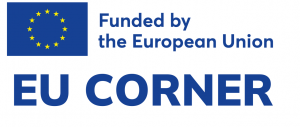Catalytic chain-walking reactions have recently emerged as a powerful tool for efficiently introducing functionalities at remote sp3 C–H sites within alkyl side chains. Nevertheless, substantial challenges remain when forging multiple C–C bonds while maintaining a predictable site selectivity profile in chain-walking scenarios, particularly by controlling both regioselectivity and enantioselectivity. This project will explore the ability to introduce both fluorinated fragments and CO2 at an unsaturated hydrocarbon via dual photoredox/nickel catalysis with a predictable selectivity pattern. Such a transformation constitutes an unrecognized opportunity in chain-walking scenarios for introducing, at will, fluorinated fragments and carboxylic acid functions in a dual, yet modular, siteselective manner. Aimed at exploring the full potential of such an approach for accessing added-value fluoroalkyl carboxylic acids, a new class of C2-symmetric ligands will be rationally designed and developed. The impact that this technique might have in industrial endeavors will be assessed in collaboration with industrial partners of the host group by its application in late-stage modification of advanced intermediates, radiolabeling, and the synthesis of MRI probes.
 This project has received funding from the European Union’s Horizon Europe research and innovation program under grant agreement 101154335
This project has received funding from the European Union’s Horizon Europe research and innovation program under grant agreement 101154335

